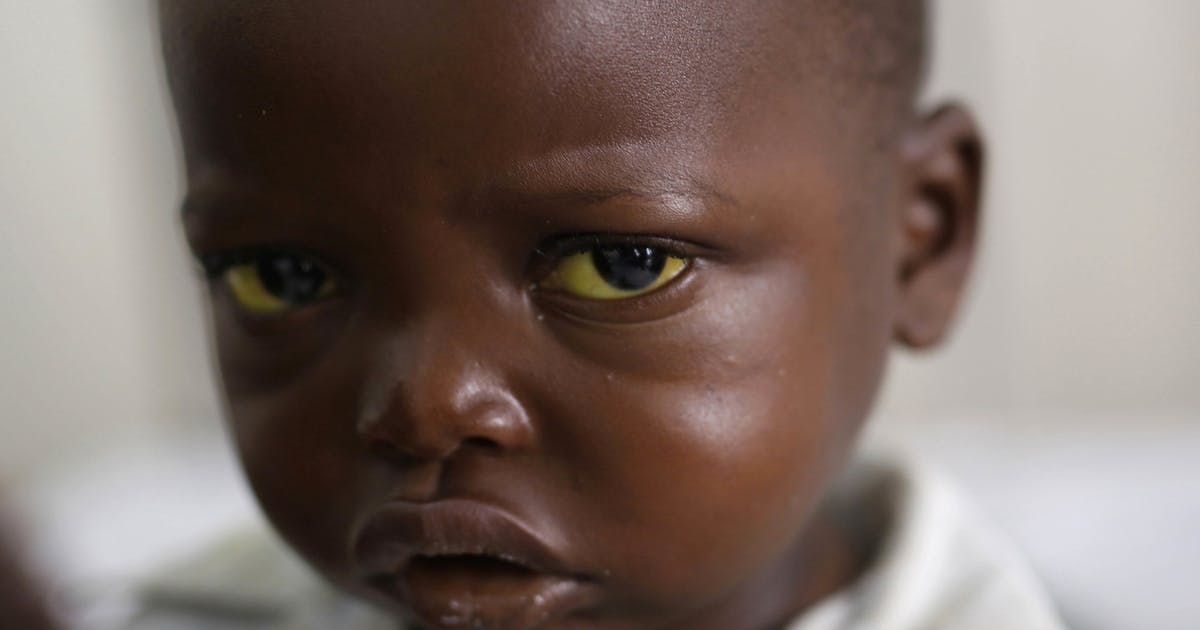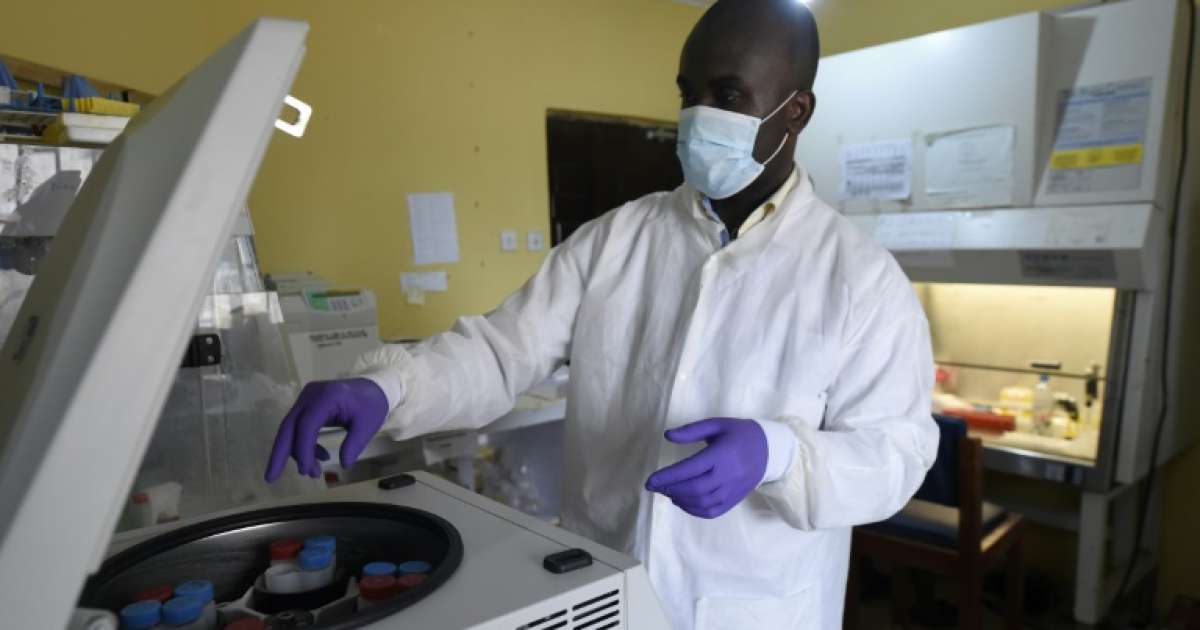What Are The Major Types Of Hemorrhagic Fever?
Hemorrhagic fevers are a group of infectious illnesses caused by viruses. Also known as viral hemorrhagic fevers, these conditions are often associated with life-threatening internal bleeding, and they tend to have high mortality rates. The viruses that cause these illnesses typically live in rodents or insects, and they are commonly found in tropical areas of the world. The viruses can be transmitted to humans through contact with infected fluids or through handling infected animals. Vaccinations are available to prevent yellow fever, a major type of hemorrhagic fever, and an antiviral drug known as ribavirin may help shorten the duration of illness in some cases. However, there is currently no treatment for these conditions, and they can cause serious damage to the heart, lungs, brain, liver, and kidneys.
Yellow Fever

Yellow fever develops from a virus carried by Aedes aegypti mosquitoes. The majority of cases occur in tropical regions of South America and in sub-Saharan Africa. In mild forms of the illness, patients typically have a headache, nausea, vomiting, and a fever. However, a more serious form of the condition has a mortality rate of up to fifty percent. Symptoms typically begin around five days after infection, and patients may develop red eyes, sensitivity to light, back and knee pain, and dizziness. This acute phase could progress to a toxic phase in some individuals. In the toxic phase, patients are likely to experience jaundice, decreased urination, a slow heart rate, and liver and kidney failure. The patient may vomit blood, and they could also have bleeding from the mouth, nose, or eyes. Seizures have occurred, and patients may fall into a coma. To prevent yellow fever, doctors recommend for patients to receive a vaccination at least three to four weeks before traveling to an area where the disease is prevalent. In addition, patients should place mosquito nets over their beds at night, and the use of insect repellent is advised.
Marburg Fever

First identified in 1967, Marburg fever is found in Africa, and it is primarily transmitted by the African fruit bat. A recent outbreak occurred in Uganda in 2017, and it was successfully isolated within that country. While the disease is very rare, it has a fatality rate as high as ninety percent. There is no vaccine for this condition. Within the first five days of infection, patients begin to experience a high fever, usually around 104 degrees Fahrenheit. Muscle pain, nausea, vomiting, chills, and severe headaches also occur early in the disease. As the infection advances, a rash may appear on the torso, and patients might experience bruising, chest pain, abdominal pain, and a sore throat. Eventually, Marburg fever causes the liver and kidneys to fail, and multi-organ failure begins. At this stage, patients may experience massive internal bleeding, and they may bleed from the ears, nose, eyes, and mouth. Patients must be treated for Marburg fever in an isolation unit, and hospital staff are required to wear protective clothing to prevent transmission of the virus.
Ebola

Ebola can be caused by several different viruses, all of which are typically found in sub-Saharan Africa. The symptoms of this condition normally begin within two to twenty-one days after infection, and most patients start experiencing symptoms approximately eight to ten days post-infection. The clinical features of Ebola are similar to the Marburg virus and include a severe headache, high fever, vomiting, abdominal pain, and bruising. Patients also tend to develop fatigue, muscle pain, diarrhea, and bleeding. The mortality rate of Ebola is roughly fifty percent, and patients can be infected with the virus multiple times. Patients who successfully recover may still have certain antibodies associated with the virus in their blood up to ten years after recovery. Recent outbreaks of the virus occurred in rural and urban areas of West Africa. Researchers are currently working on a vaccine to prevent Ebola.
Dengue Fever

Dengue fever, also known as breakbone fever, is caused by the dengue virus. It is transmitted by Aedes aegypti mosquitoes, the same mosquitoes that transmit yellow fever. The virus is common in tropical and sub-tropical regions, and it has been reported in at least one hundred countries. More than three billion individuals across the globe live in areas at risk of dengue fever. Experts note approximately twenty-five percent of individuals infected with dengue fever will develop symptoms, and these can range from mild to severe. In mild cases of dengue fever, patients develop a fever, rash, nausea, vomiting, and pain in the muscles, bones, or eyes. These signs generally last between two to seven days, and the majority of patients recover within a week.
Among symptomatic individuals, an estimated one in twenty of these patients will have a severe form of dengue fever that can become life-threatening within hours. This form of the condition is more common in patients who have already had a mild case of dengue fever, and pregnant women also face an increased risk. Signs associated with this severe type of dengue fever include fatigue, abdominal pain, nosebleeds, and bleeding gums. Patients might also have blood in the stool, and vomiting typically occurs at least three times over a twenty-four-hour period. Patients with any of these warning signs should seek emergency medical care.
Lassa Fever

Caused by the Lassa virus, Lassa fever is found in West African nations such as Sierra Leone, Nigeria, and Liberia. It is carried by the multimammate rat and transmitted to humans through contact with infected rodent feces or urine. Scientists estimate there are between 100,000 and 300,000 cases of Lassa fever each year, and around five thousand of these are fatal. Symptoms typically develop within one to three weeks of infection, and roughly eighty percent of patients experience only mild symptoms. They include a low-grade fever, general malaise, and headaches. Approximately twenty percent of Lassa virus infections will produce severe symptoms. Signs of a severe infection include chest pain, bleeding from the gums or eyes, abdominal pain, swelling of the face, and repeated episodes of vomiting. Patients may also develop hearing loss, tremors, and swelling of the brain. Used in conjunction with supportive treatments, ribavirin is effective in treating Lassa fever, and doctors recommend that it be administered in the early stages of the infection.
